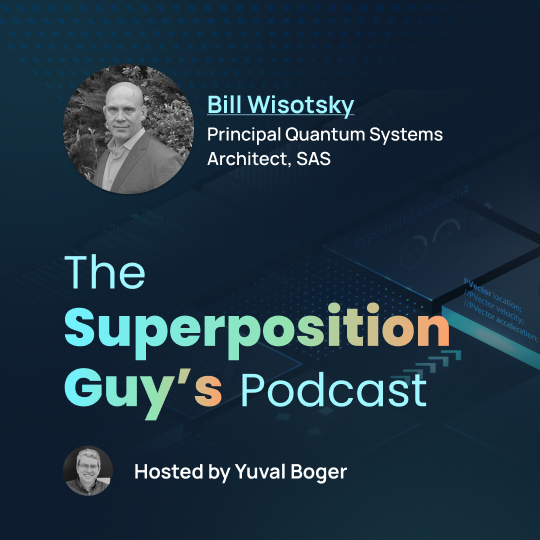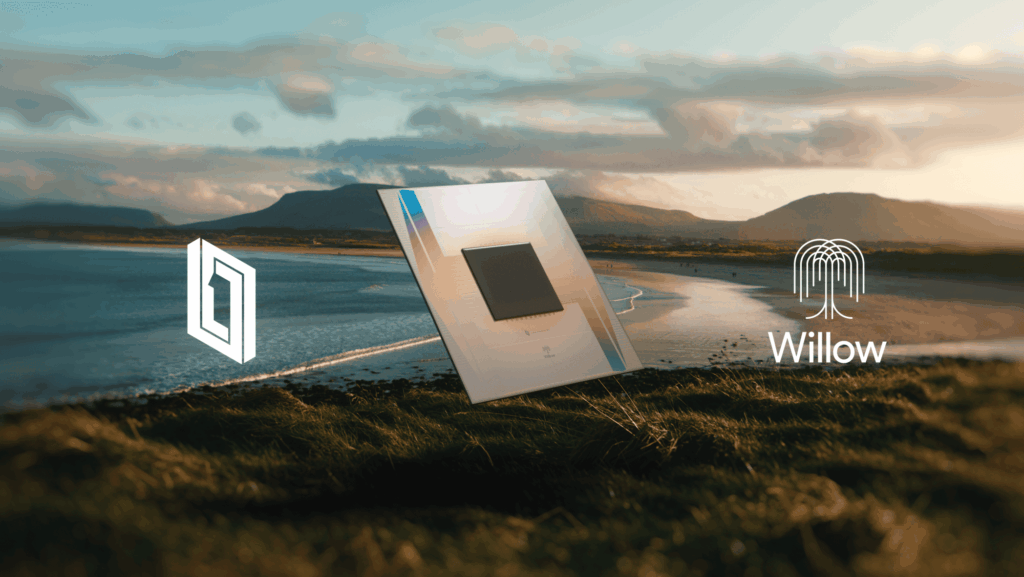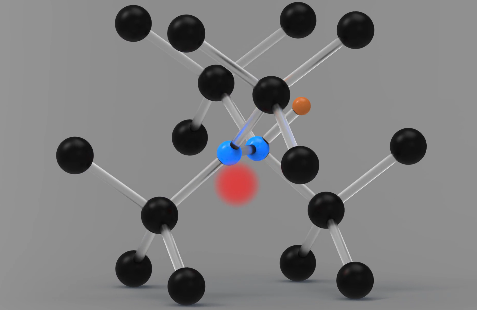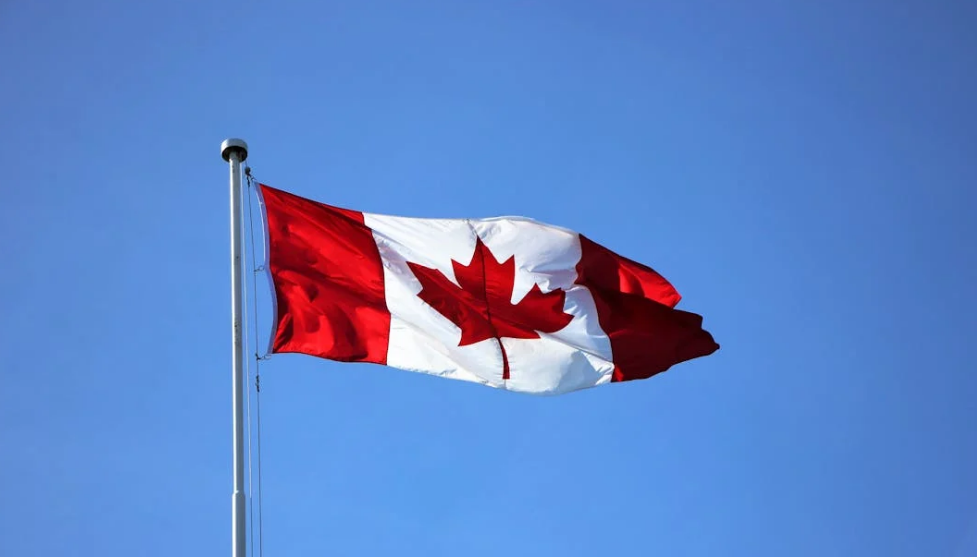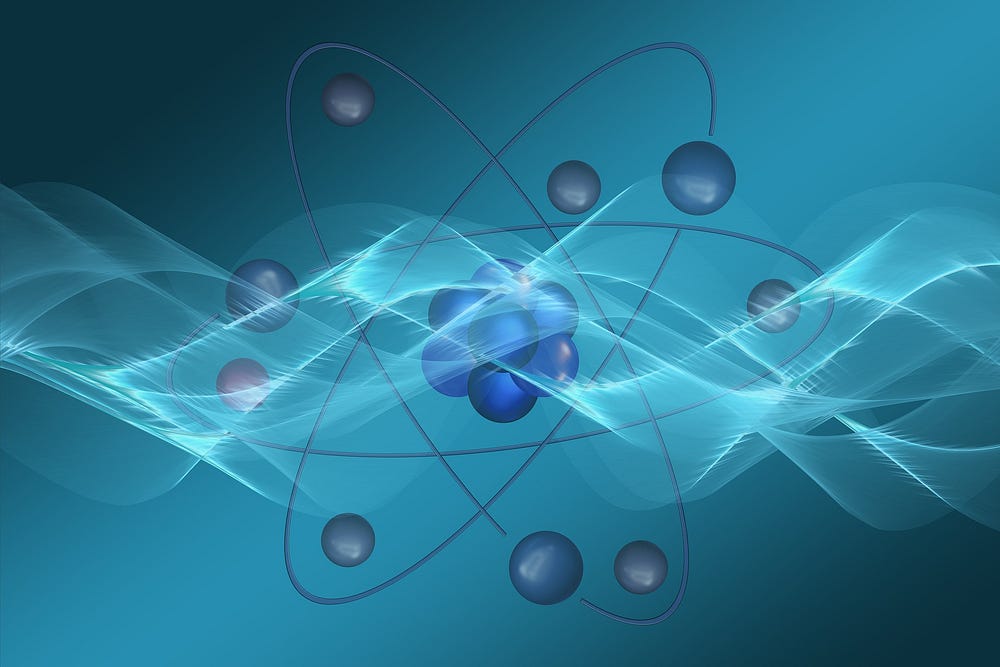
Rare Earth Ion
Researchers from the Institute of Physics at the University of Tartu have discovered a method that can help the development of a novel type of optical quantum computer. The results of their findings were published in the scientific journal Optics Communications.
The research team of Vladimir Hizhnyakov, Vadim Boltrushko, Helle Kaasik, and Yurii Orlovskii’s paper, Rare earth ions doped mixed crystals for fast quantum computers with optical frequency qubits, demonstrates rare earth ions possess characteristics that allow them to behave as qubits. The team’s work, in effect, goes a long way in proving crystals with a mixture of optical fluoride crystal matrices doped with erbium, praseodymium and several other ions of rare earth elements can create qubits that warrant the development of ultrafast optical quantum computers.
The paper is in conjunction with the overall project ‘Spectroscopy of entangled states of clusters of rare-earth impurity ions for quantum computing’, led by the Laboratory of Laser Spectroscopy and the Laboratory of Solid State Theory at the Institute of Physics of the University of Tartu.
“They must have at least two states in which the ion interaction is very weak. These states are suitable for basic quantum-logic operations on single quantum bits. In addition, a state or states are needed in which the ion interaction is strong — these states enable quantum-logic operations with two or more qubits. All these states must have a long (milli- or microsecond) lifetime and optical transitions must be allowed between these states,” said Professor Vladimir Hizhnyakov, lead author of the paper and a member of the Estonian Academy of Sciences, while also stating the electronic states of very different properties are crucial when choosing ion selection.

The downside to this until now had been finding such electronic states of rare earth ions suitable for qubits — as it was thought impossible, which had limited research in the field.
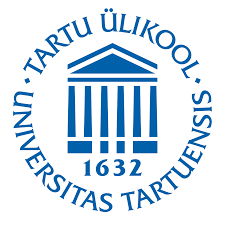
On this problem, Hizhnyakov said:
“So far, mostly the spin states of atomic nuclei have been studied for the role of qubits. However, their frequency is a million times lower than the frequency of our quantum bits. This is why also quantum computers created on the basis of these qubits would be significantly slower than computers with our electronic states-based quantum bits.”
Spectral Hole-burning
In Hizhnyakov’s view, the spectral hole-burning method — developed at the Institute of Physics of the University of Tartu prior to the paper — can be employed when selecting ‘a set of qubits in a microcrystal acting as a computer instance’, and is regarded as one of the most potent methods of optical spectroscopy. Such an approach could locate those ions in a microcrystal most suitable for use as computer qubits in a physical system.
The team realizes the hard work in building a practical, working quantum computer is still in front of them, though researchers of the laser spectroscopy laboratory at the university are already busy constructing a pilot prototype of a quantum computer which is based on Hizhnyakov et al’s work.
If you found this article to be informative, you can explore more current quantum news here, exclusives, interviews, and podcasts.












